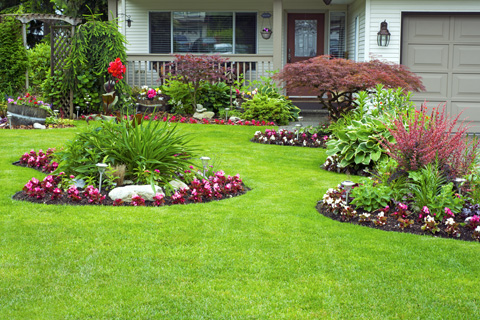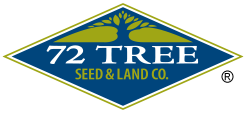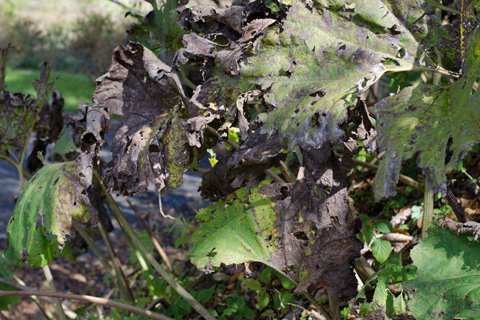Notice: Undefined variable: page in /home/vrxdg1855sn3/public_html/wp-content/themes/72tree/content.php on line 15
Notice: Trying to get property 'ID' of non-object in /home/vrxdg1855sn3/public_html/wp-content/themes/72tree/content.php on line 15
3 Tips for a Healthy Summer Lawn and Garden

You don’t need a landscape expert to tell you that your lawn is under intense heat when the summer sun arrives. This is why you must proactively take care of the lawn and prepare so that it will retain its health and appearance.
Summer is when many homeowners choose to list and present their home to buyers. The exterior – lawn, landscaping, and curb appeal – is what will draw and attract buyers to your home.
Keep your garden and lawn fresh this summer by following these simple and easy to implement tips:
1. Keep Chemical Fertilizers Away from Your Plants
Organic and natural solutions are typically best when compared with chemical fertilizers. Though chemical fertilizers can ignite growth and vitality, an unintended counteraction may leave you with an insect infestation problem.
This issue arises as using fertilizers during summer encourages super growth, which would require more pruning, trimming, mowing and watering. This creates a problem because as you overwater the plants, insects will invade the plant. Use natural solutions to treat and care for your plants, and if you have insect problems, see 72tree.com/using-dormant-horticultural-oil-treat-tree-insect-infestations/
2. Always Mow Your Yard and Prune your Trees
Give your lawn, shrubs, and trees that wonderful view when you regularly mow your yard, trim and prune your trees. You will be proud of yourself when you go to relax in the garden and you begin to enjoy the rich view and healthy smell.
Your soil conditions and type of grass will determine the frequency at which it should be cut. 3 inches is an optimal height for summer, but be aware that cutting your grass too low, will lead to weed invasion and heat damage.
Weeds are another thing to tame because they can rob your soil and grass of valuable nutrients. This may eventually lead to their taking over your yard. Keep your lawn cut, watered, and free of weeds.
Tree trimming is not only done for aesthetics and safety reasons, it also actually improves the overall health of trees shrubs. Structural appeal is important, but pruning boosts the development and growth of your plants when performed properly.
For more on tree pruning visit treecareadvice.blogspot.com/2016/03/tree-pruning-why-how-and-when-to-prune-trees.html
3. Strategically Plant and Water Your Landscape
When planting, take into account the amount of direct sunlight needed for each species. Identify the locations in your yard that have partial shade, and use these as needed. You want to add mulch to your flowerbeds to keep pests off and retain moisture in the roots.
You might want to consider watering your plants adequately and often if you reside in an area that is overly dry. You’ll be surprised at the rate to which plants dry up during the summer months. Create a simple schedule and do your best to prevent that from happening.
When watering, make sure you water deeply so that it will get to the roots of the plant because that’s where the “engine” of the plant is.
Tip – Some decorative plants are drought tolerant and don’t require frequent watering. Lithops, Wallflowers, and Verbenas are beautiful flowering plants that have a great low to moderate watering tolerance.
Maintenance of Your Landscape
There’s a different maintenance routine for all properties and landscape. It is highly advisable that you seek the services of a professional in Landscape on deciding the best method for maintenance of your property. Always remember that your landscape is what will attract visitors and buyers alike to your property, so be sure to dish out a best first impression.

